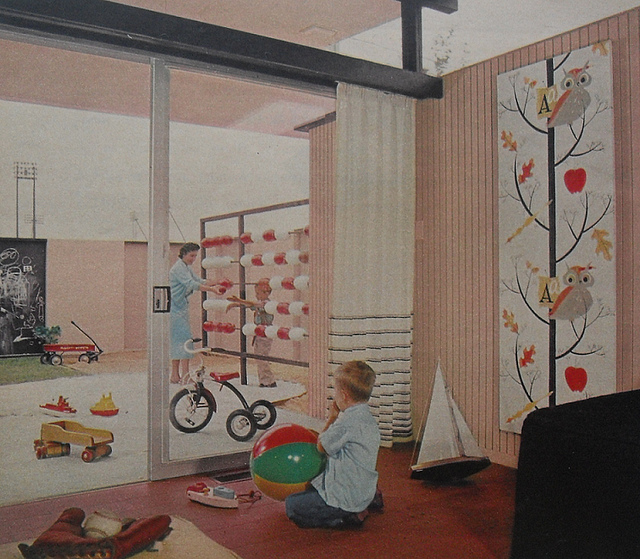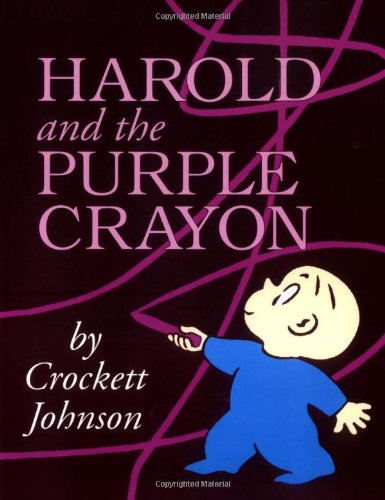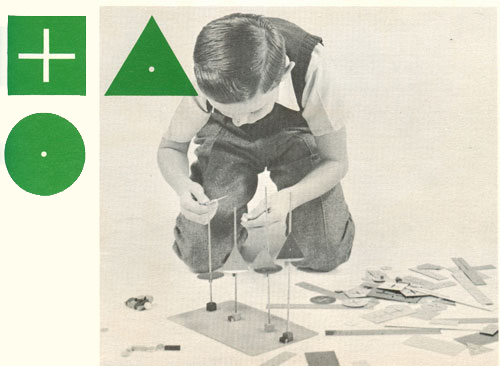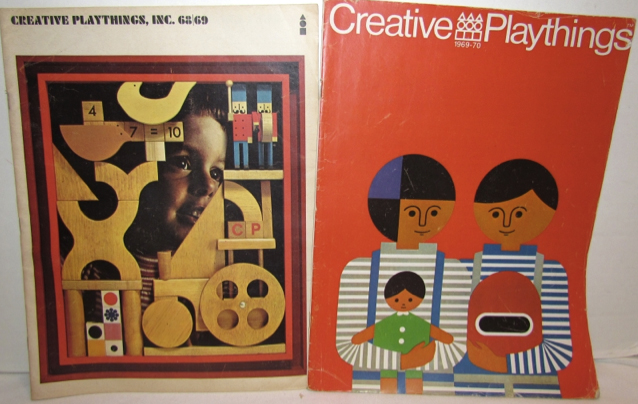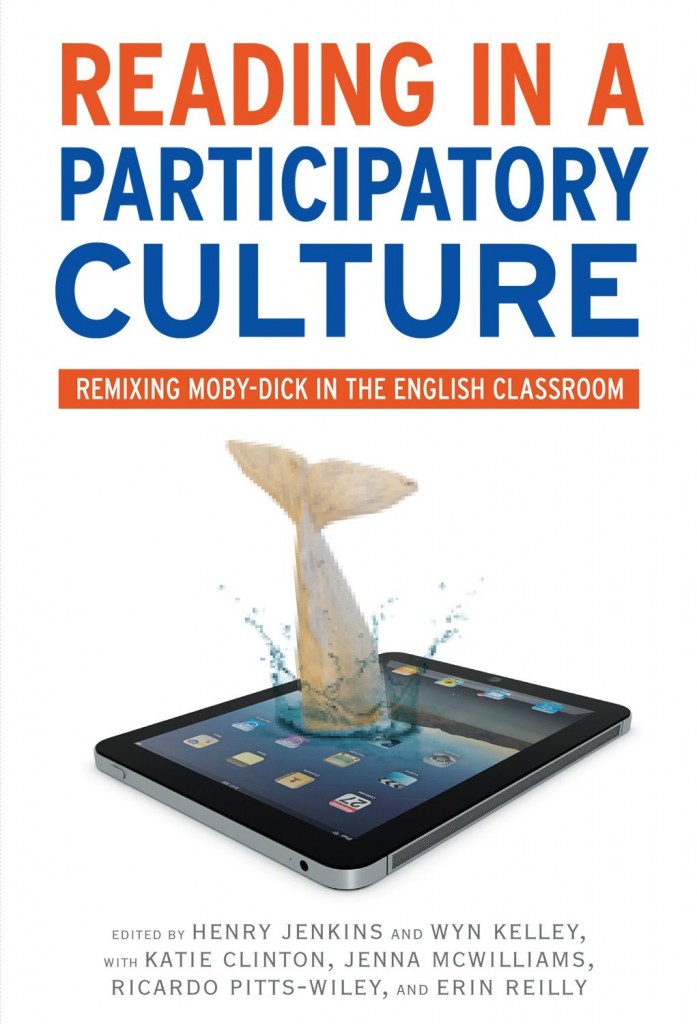Kids on YouTube: An Interview with Patricia Lange (Part One)
/Not long after I launched this blog, I featured an interview with Mimi Ito and the graduate students from USC and Berkeley who worked with her on the Digital Youth Project. One of the first projects funded by the MacArthur Digital Media and Learning Initiative, this project did a large scale,multi-site ethnography to try to understand mechanisms of informal learning and the contexts where young people were encountering digital media. From this research came the now classic typography of "Hanging Out, Messing Around, and Geeking Out" to describe different modes of engagement in and through networked technologies, a framework which has now informed everything from the design of public libraries to the development of curriculum. Looking retrospectively, Ito and her co-P.I., the late Peter Lyman, had assembled and shaped a team of some of the top digital scholars of their generation, as becomes clearer as they have begun to publish their solo works. I was lucky enough to have gotten to know many of them through their work on this project and to have maintain contact with them through the years, watching them develop their own distinctive strands of research.
Later this month, Patricia Lange, one member of the Digital Youth team, publishes her first solo book, Kids on YouTube: Technical Identities and Digital Literacies. I recall having her interview me for her video blog after one of my very first meetings with this group; she later shared with me a rough cut of a documentary she produced about the culture of video-blogging, and more recently, she's shared drafts of the chapters for what has become an outstanding book about how childhood and parenting is playing out differently in an era of video sharing and other forms of participatory culture.
Patricia Lange’s Kids on YouTube raises important issues about the ways that our current participatory media practices intersect contemporary family life and help to shape the ways that young people form their sense of themselves and the world around them. Through vividly drawn accounts of the roles which media-making and sharing plays in the lives of particular families, Lange convincingly demonstrates why these activities matter in terms of fostering new literacies, enabling new social relationships, and sustaining new forms of civic engagement.
Lange has immersed herself into this culture of video production and sharing, asking core questions, and making contributions to central critical debates around participatory culture, connected learning, the risks and rewards of online publishing, the hacker ethos, gender and technology, and the development of young citizens, all of which she speaks to in the course of this extended interview.
We first met through your work on the Digital Youth Project. Looking backwards, this project’s report, Hanging Out, Messing Around, and Geeking Out, has proven to be a landmark in the emergence of the Digital Media and Learning movement. Reflecting backwards, what do you see as the legacy of this project and what impact did it have on your own intellectual development?
The Digital Youth Project was a joint effort between teams of researchers at the University of Southern California and the University of California, Berkeley who were interested in studying informal learning in digital environments. Participating in the Digital Youth project was truly an honor. I am deeply grateful to the MacArthur Foundation, and to Mimi Ito and Peter Lyman, whose vision about reformulating education through informal learning inspired the research. I think the Digital Youth Project reinforced the benefits of teamwork in conducting contemporary research in digital environments. The researchers came from many different backgrounds, and that brought advantages and challenges. But it was interesting to compare the findings of numerous projects operating under one research umbrella.
Media ecologies are complex and shifting, and it is instructive to know, are the findings gleaned by studying any particular set of technologies or websites limited to those sites, or are there patterns that reach across different theoretical lenses, methodological approaches, technological platforms, and research populations? This amazing project gave us the opportunity to explore those questions in a way that is more difficult when researchers are conducting separate projects on their own.
It was also quite exciting to see our research applied to the design of educational efforts such as the YOUmedia after school space in the Harold Washington Library Center in downtown Chicago. Drawing on the findings of the Digital Youth report, the YOUmedia space acknowledges the way that youth engage in varied ways with media and technology.
Our report found that kids’ engagements range from casual, socially-motivated encounters to highly-geeked out ways of making media. Recent reports in the media seem unaware of how academics contribute to the design and improvement of everyday spaces and processes. I am proud of this implementation of our research and I am hopeful that these and other spaces that draw on our research may facilitate the kinds of educational change that many of us in the field of informal learning are trying to re-imagine.
The project began by focusing on the rubric of “digital youth.” At that time, it was obvious that kids and youth were growing up with a range of technologies that even the younger members of the team did not have access to in their own childhoods. However, as the project progressed and was completed, it became quite clear that “digital youth” were quite a varied bunch. Not all digital youth were created equally. While operating under this rubric, the research also simultaneously challenged it, which I think is also an important legacy of the project.
My project on YouTube pushed back on conceptions of “digital natives.” It became apparent that kids exhibited vastly different media dispositions with regard to how comfortable they felt sharing videos of themselves to the world. Further, my analysis of how people perform affiliation to technologies showed dramatic variation in terms of family background in technical expertise, kids’ interest in technology, and professional aspirations.
Terms such as “digital natives” imply that all kids are equally well versed in all technologies, and such was not the case in my study. In the same household, an older brother may be far more technically-oriented than a younger brother, and in some cases, it was technically savvy parents who encouraged kids to develop video blogging skills. Yet, not all kids adopted their parents’ enthusiasm for messing around with computers and creating videos. Some kids' outright rejection of their parents’ video interests severely challenge the concept of kids’ digital autochthony. Not all kids emerge into the world ready to make videos in a seriously geeky way, and making that assumption is problematic for creating strategies to nurture diverse youth’s digital skills and interests.
I also observed bifurcated technological skills. Some kids even saw themselves as being so much more expert than some of their peers that it was difficult to mentor their less tech-savvy friends. They did not even share basic technical vocabulary, which led to a break down in informal learning opportunities. Wide gaps in technical abilities in kids urge us to question and challenge how ageist rubrics obscure the investigation of important nuances that could be instrumental in improving informal learning dynamics, which are not guaranteed to work simply because they occur among peers.
For me, one of legacies of the Digital Youth Project was to show the advantages of challenging and even pushing back on initial research rubrics, and questioning their assumptions. The project reinforced the idea that it is advantageous to ask critical questions about any research paradigm one is operating under at a given time. Rather than wait till the project is over, it is reasonable to keep an open-mind as research is being conducted. I believe the project models how it is possible and desirable to step back, even during the research process, and question a rubric while simultaneously contributing to it in a fundamental way. These kinds of self-reflective questions are challenging but ultimately healthy.
In your introduction, you challenge some of the established categories we use to talk about these forms of productions -- including the notion of “amateur”, “grassroots,” and “Home Mode Media.” Instead, you propose a category of “personally expressive media.” What do you see as some of the limits of these more familiar categories? Why do you put such an emphasis on “personal expression”?
Years ago, Robert Stebbins (1980) wrote extensively about how “amateur” and “professional” categories are not as neatly divided as they are often assumed to be. Although he was writing generally about amateurism and professionalism and not media creation, his lessons apply in the video realm as well. We need to dust off our Stebbins and reacquaint ourselves with his ideas! Failure to do so risks aligning researchers with media discourses that seek to minimalize so-called “vernacular” accomplishments.
During my investigation, I saw a kaleidoscopic of media ontologies. In other words, videos came from many different people with a variety of backgrounds and skills. For example, I interviewed a former television producer, Ryanne Hodson, who was a champion of video blogging. She believed that making videos was another type of literacy that people should cultivate in order to spread their message. What status should her video blogs have?
She was quite literate in professional media production, but her personal blog was not operating in a professional context. She had control over her own video blog which was not produced under the auspices of traditional media institutions.
How should we categorize the work of teenagers whose family members had attended film school, or had family members who had a television show on a local cable access station? Are these creators operating in some kind of vernacular innocence? No they are not. I found that the amateur/professional divide became slippery and not particularly helpful for understanding people’s phenomenological experiences of their mediated moments of video creation.
“Home mode” is another category that is often misunderstood in research. When anthropologist Richard Chalfen (1987) initially introduced it, he was attempting to address a gap in the anthropological record on everyday media. Many people tend to wildly over-generalize anything they see on YouTube as “home mode,” because it was made at home or with friends. But home mode referred to a specific type of intimate media that was made for a relatively small group. People who made the media knew who were in the pictures and vice versa, generally speaking.
But examining his work more carefully shows that Chalfen bracketed out anyone who was trying to distribute his or her media to widespread audiences. He specifically stated that he was not interested in media created in camera clubs, or in academic settings, or by anyone else with aspirations to become more knowledgeable about making media. His research had an important theoretical purpose; it made sense to study everyday media makers at home who did not have professional or even advanced amateur aspirations.
But the people studied under the Digital Youth project, and in my study of Kids on YouTube varied tremendously with regard to their goals, skills, and what I refer to as their media dispositions. Some of them loved making videos with a passion, while others found it simply odd to make videos to show to the world. Some people may have captured home gaffes and put them online with the intention of becoming a YouTube partner and trying to make money with their “innocent” videos.
Rather than attempt to adjudicate complex questions of amateur/professional media ontologies using arbitrary criteria, I found it more useful to see this media as a form of personal expression that might shift status within and across attention and money-making economies. A video maker’s status might also depend upon their dispositions and future desires with what they hoped to gain by making media.
My research goal was to find some way of talking about media with complex or ever-shifting ontological statuses in ways that did not pre-judge videos. Such divisions are often used to minimize so-called vernacular abilities and elevate professional statuses, a binary discourse which simply does not theoretically hold when analyzing media made by so many different people, who often have direct experience of or are influenced by knowledgeable mentors in professional media-making contexts. Exploring how and to what degree people were able to develop skills to convey their personal message seemed to be a far more fruitful project.
Patricia G. Lange is an Anthropologist and Assistant Professor of Critical Studies at California College of the Arts (CCA) in San Francisco. Recognized as an expert in studies of new media and YouTube, her work focuses on technical identity performance and use of video to creatively express the self. Her new book (Left Coast Press, Forthcoming, 2014) is called Kids on YouTube: Technical Identities and Digital Literacies, which draws on a two-year, deeply engaged ethnographic project on YouTube and video bloggers to explore how video is used in informal learning environments. She also released her ethnographic film, Hey Watch This! Sharing the Self Through Media (2013), which was recently accepted for screening in Paris at Ethnografilm, an international film festival showcasing films that visually depict social worlds.Hey Watch This! provides a unique diachronic look at the rise and fall of YouTube as a social media site, and offers a poignant look at how YouTubers envision their digital legacies after their deaths. At CCA, she teaches courses in anthropology of technology; digital cultures; new media and civic engagement; space, place and time; and ethnography for design. Prior to joining CCA, she was a Postdoctoral Fellow at the School of Cinematic Arts at the University of Southern California. More information may be found on her websites:https://www.cca.edu/academics/







